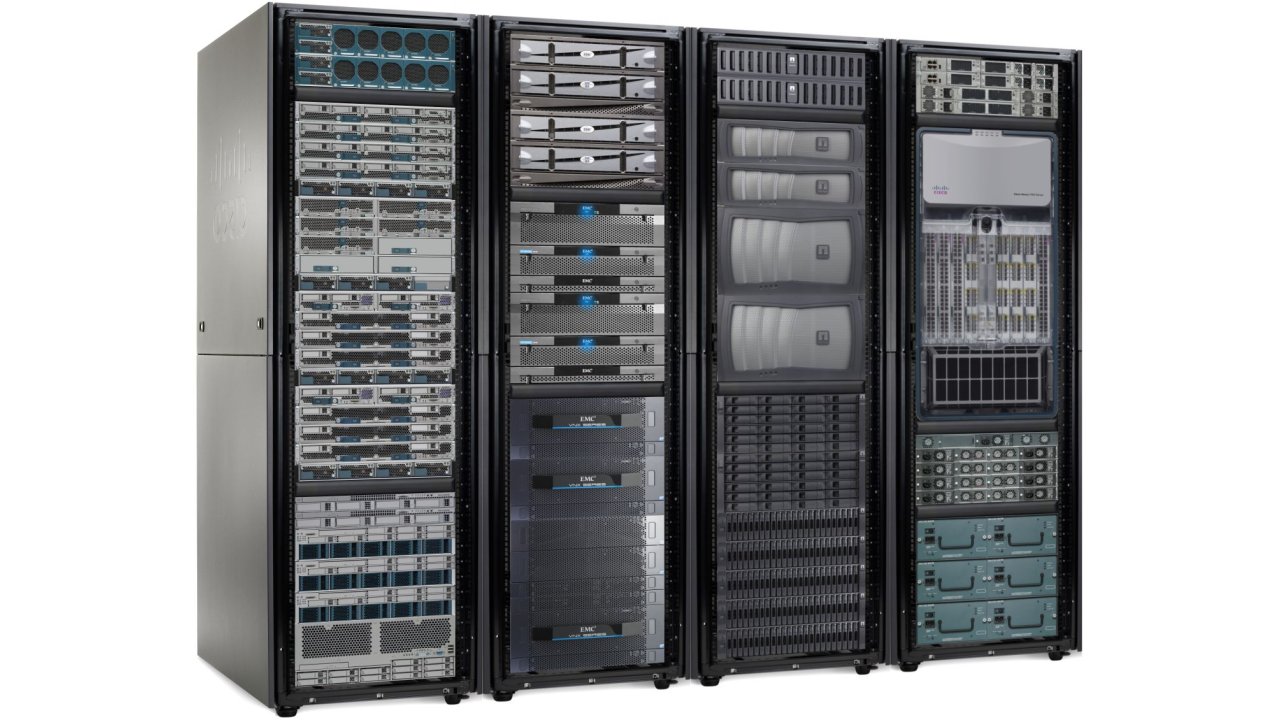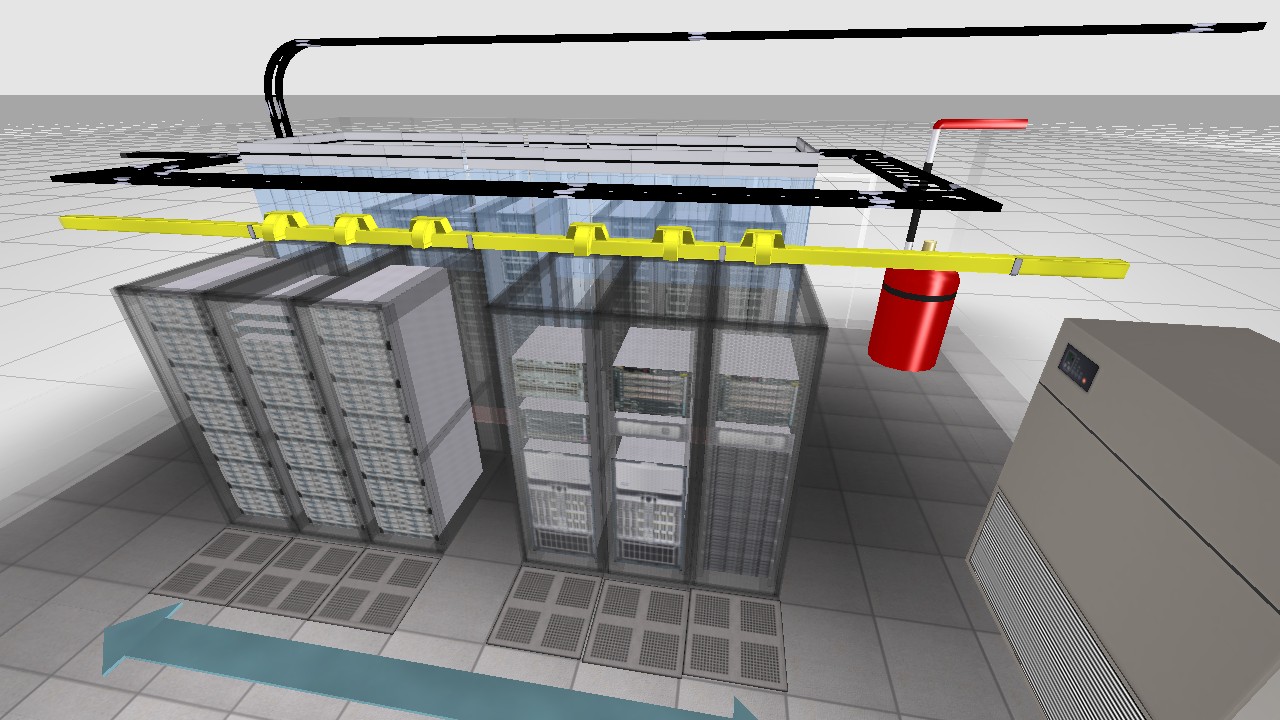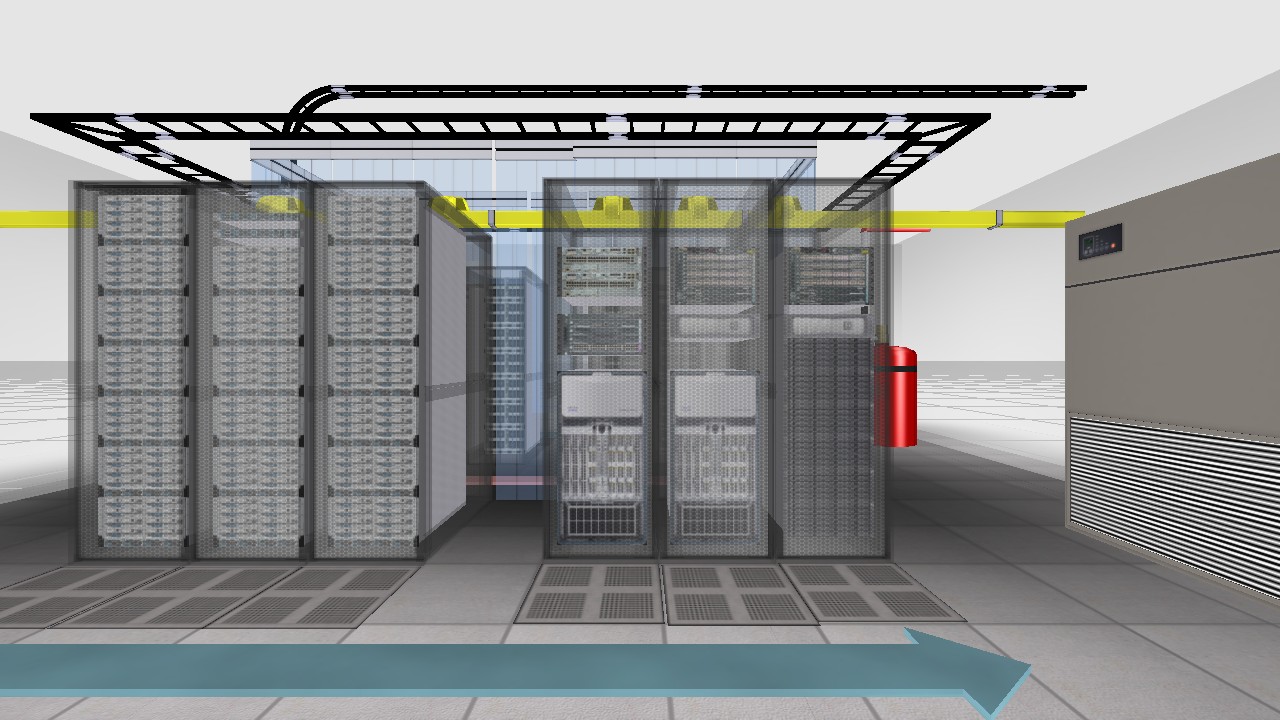i-am.ws |
UCS-M Capability Catalog
As a Cisco SE for UCS I've always been doing a lot of programming and scripting using the XML-API of the Fabric Interconnects. Sometimes simply with bash and curl, often doing Perl and at other times using PowerShell and PowerTool. One thing that always bugged me is the inconsistency of attributes like part id's, model names, etc. Especially in the early days of UCS there was little logic in that naming. However in later years things got better and more consistent.
As an example, if you query the "memoryUnit" class (which are the DIMMs in the server) it will return over thirty attributes – like size and speed – but none of them is the part number as on the Cisco price list. What comes closest is the Model field, but that is the part number as given to that part by the OEM, for example Samsung. Question then becomes quickly how to correlate that to the Cisco PID. Often I had in my scripts to resort to building tables that would translate one to the other, which is a lot of work and also requires constant updating.
We have to make a little side-step to discuss how to query the UCS API. Yes you can start digging in by building code, but there is a very handy tool that allows you to browse the UCS Domain Object Model interactively. Point your browser to "http://<ip-address>/visore.html" of your Fabric Interconnects. You will be asked to login. In the "Class or DN" field type for example "memoryUnit" (case sensitive) and it will show you all objects of that class, which means it will list all DIMMs in your system. The arrows behind the "dn" attribute allow you to move up to parent objects or down to list children objects. If you like to start at the top of the DOM, you can enter the class "topSystem" with the root object "sys" (this is the physical view like chassis and blades) or the class "orgOrg" with the object "org-root" (which is the logical view containing things like service profiles, policies, pools, etc.).

Now back to part id's and names. If you look into the Inventory tab of the UCS GUI, you see very clear names and descriptions, but you won't find those in the classes for those components. That gets stored in the "capabilies catalogue". But when you search the class "capabilityCatalogue" (which exists) you will find nothing useful. Instead search the class "equipmentManufacturingDef" (this query can take half a minute, so be patient) which will give clear attributes for over a thousand parts. And with PowerShell you can collect and store all that data into a table.
Get-UcsManagedObject -classid "equipmentManufacturingDef" |
Export-Csv -NoType C:\Temp\ucs-catalogue.csv
Now search in your browser that Visore page for "UCS-MR-1X322RV-A" and you will find two occurrences from different memory vendors. You will also see the "oemPartName" which is what we found earlier as the "model" attribute in the memoryUnit class.
From there you can take it further as far as you want to. But now you have access to the proper description, sku, pid and similar fields.
Posted at 04:12PM Jun 04, 2018 by WWWillem in DataCenter |
Rendering Cisco UCS
Last half year I've been working on a cool little project with a Calgary company called DIRTT. Which is a manufacturer of office interiors and for that purpose they developed a design and rendering tool called ICE. An addition to the suite is called "Mission Critical Systems" which allows the software to be used for Data Centers. And that's where it becomes interesting for myself.
One of their big customers is Panduit, the manufacturer of computer cabinets and other Data Center products. Many Cisco DC's are using Panduit products for racking of servers, storage and switches. Panduit is using ICE to design new infrastructures and uses the renderings of ICE to show the resulting plans to their customers.
Within Cisco I developed a utility that allows our Systems Engineers to quickly model a Cisco UCS system. It is a web based utility that only requires clicking a bunch of radio-buttons to enter the configuration. It generates the layout images mainly using a chain of NetPBM tools.

To create my UCS layout tool, I collected a large amount of product images. Therefore, helping IceEdge to create a library of building blocks that takes care of putting servers and switches in those cabinets and racks wasn't too much work. And probably it won't surprise that this is all scripted, again using NetPBM.
The result is really, really cool. ICE allows you to build a model like the one below in not more than an hour. And that was without having any previous experience with the software. This example shows customized racks, hot isle containment curtains, cable and fiber trays, a complete raised floor including perforated tiles, then cooling and fire-suppression equipment and finally all enclosed by walls that are kept semi-transparent to maintain a good view on the inside.


This was a cool little project. Contact the folks at IceEdge if you want a demo or when you need software licenses.
Posted at 05:11PM Jul 21, 2012 by WWWillem in DataCenter |
